Belonging to the Fabaceae family, the Purple Prairie Clover is a perennial species native to the central United States. This prairie plant has played a significant role in the ecosystem, serving as an essential food and medicinal resource for both humans and wildlife.
One of its standout benefits is its ability to fix nitrogen in the soil, making it a valuable addition to gardens. By enriching the soil with this key nutrient, Purple Prairie Clover improves overall soil health. When used as a cover crop or green manure and tilled back into the ground, it naturally replenishes soil fertility.
This resilient plant is not only beneficial for soil but also remarkably easy to grow, making it an excellent choice for gardeners looking to boost their garden’s vitality.
| Common name | Purple Prairie Clover, Purple Prairie-clover |
| Botanical name | Dalea purpurea |
| Family | Fabaceae |
| Species | purpurea |
| Origin | Central USA |
| Life cycle | Perennial |
| Plant type | Herbaceous Perennial |
| Hardiness zone | 3, 4, 5, 6, 7, 8 |
| Sunlight | Full Sun |
| Maintenance | Low |
| Soil condition | Clay |
| Soil ph | Alkaline |
| Drainage | Well-Drained |
| Growth rate | Medium |
| Spacing | 3 ft. – 6 ft. |
| Harvest time | Fall |
| Flowering period | Summer |
| Height | 1 ft. – 3 ft. |
| Flower color | Pink |
| Leaf color | Green |
| Fruit color | Brown, Copper |
| Stem color | Green |
| Fruit type | Legume |
| Flower benefit | Showy |
| Garden style | Drought Tolerant Garden |
| Uses | Meadow |
I. Appearance and Characteristics
Dalea purpurea is a species of flowering plant in the legume family known as purple prairie clover. Purple prairie clover is a relatively common member of the Great Plains and prairie ecosystems. It blooms in the summer with dense spikes of bright purple flowers that attract many species of insects.
It is native to central North America, where it occurs from central Canada to the southeastern and southwestern United States, except for the east and west coasts. It is a common and widespread plant within its range, especially on the Great Plains. In 1804, Meriwether Lewis collected a specimen in Nebraska.
Dalea purpurea is a perennial herb growing 20 to 90 cm (8 to 35 in) tall. The mature plant has a large taproot 5.5 to 6.5 feet (1.7 to 2.0 m) deep. The stem is woody with several branches. The leaves are a few centimeters long and are divided into 3 to 7 narrow leaflets. The inflorescence atop each stem branch is a spike up to 7 cm (2+3⁄4 in) long containing many purple flowers. The fruit is a legume pod containing 1 or 2 seeds. The Latin specific epithet purpurea means purple.
This plant is adapted to a habitat with periodic wildfires. In some areas, it depends on fire to clear encroaching woody vegetation, as it cannot tolerate shade.
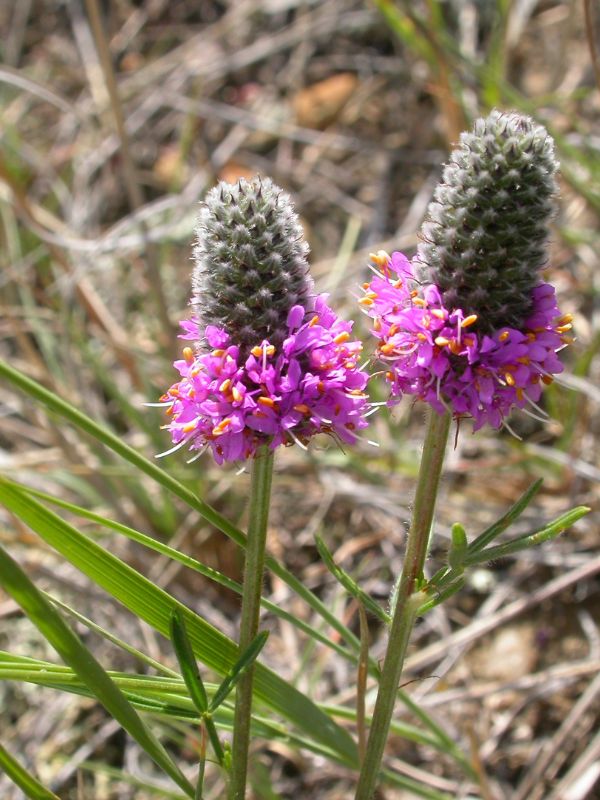
Dalea purpurea is a common member of the flora on the plains of central North America, occurring in a variety of habitat types, including several types of grassland. It occurs in glades, riverbanks and floodplains, oak woodlands, pinyon-juniper woodlands, shrubsteppe, many types of forests, and the Sand Hills of Nebraska. It occurs in a variety of prairie ecosystems. On tallgrass prairie it is associated with plants such as little bluestem (Schizachyrium scoparium), big bluestem (Andropogon gerardi), prairie Junegrass (Koeleria macrantha), prairie dropseed (Sporobolus heterolepis), lead plant (Amorpha canescens), and silky aster (Symphyotrichum sericeum).
On midgrass prairie it grows alongside several grasses such as silver bluestem (Bothriochloa saccharoides), purple threeawn (Aristida purpurea), sideoats grama (Bouteloua curtipendula), and sand dropseed (Sporobolus cryptandrus). On shortgrass prairie it is associated with grasses such as blue grama (Bouteloua gracilis), hairy grama (B. hirsuta), and buffalo grass (B. dactyloides). This species may be considered an indicator of pristine prairie.
The nectar and pollen of Dalea purpurea attract many bees, wasps, flies, butterflies, and skippers. Several plasterer bees (genus Colletes) are specialist pollinators of Dalea species, and other insects eat the seeds and leaves. It is a larval host to the southern dogface (Zerene cesonia).
II. How to Grow and Care
Sunlight and Soil
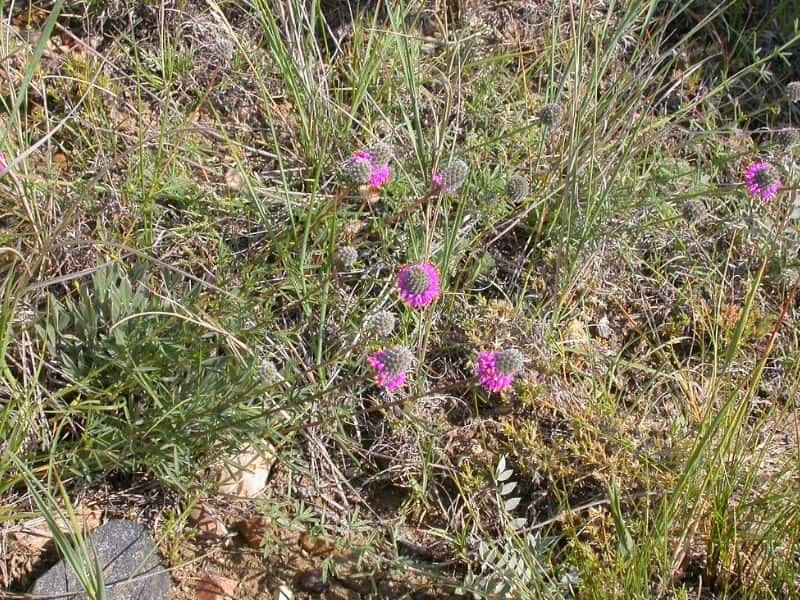
Clover is one of the easiest plants to grow provided the soil is well-draining. The pH of the soil doesn’t matter but it does require full sun.
Watering
Thriving in its native prairies, purple Prairie Clover is well-adapted to periodic droughts, showcasing a preference for drier conditions. Its water habits reflect an evolutionary balance, withstanding spells without rain yet benefiting from consistent moisture. For optimal growth, purple Prairie Clover should be watered every week. As a resilient prairie inhabitant, purple Prairie Clover flourishes outdoors where it can engage in symbiotic relationships with soil microbes that are enhanced by natural rainfall patterns.
Fertilizing
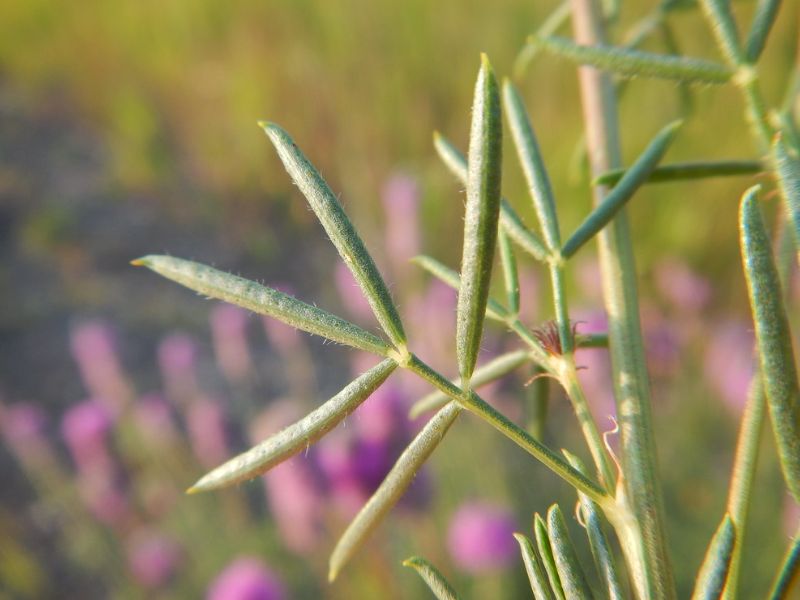
Optimize purple Prairie Clover’s growth using balanced fertilizers; high-phosphorus variants enhance flowering. Begin with spring emergence, continue monthly through growing season. A light application suffices—excess can harm native symbiotic bacteria. Adjust feedings with seasonal growth shifts; diminish as dormancy nears. For effective fertilization: dilute properly, avoid root overexposure, and incorporate gently into soil. This regimen promotes purple Prairie Clover’s vigor and bloom vitality.
Pruning
No pruning is required, but you can mow the plants if you want to produce green manure, then just till in the remaining greenery.
Transplanting
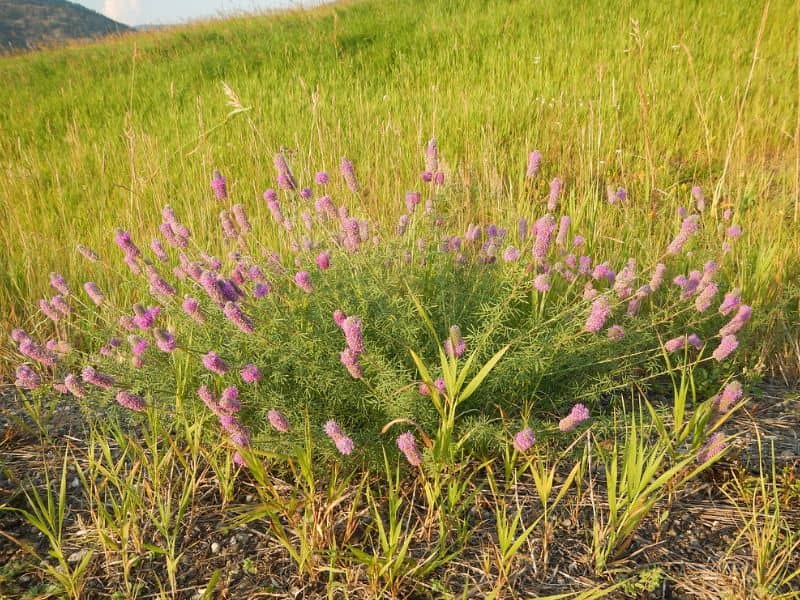
The optimal time for transplanting purple Prairie Clover is between the stages of S2-S4, or better put, emerging to middle growth stages. This time allows the plant to adjust into its new location, ideally a sunny, well-drained spot. Remember, patience and care are crucial for a successful transplant of this plant.
Pests and Diseases
Rust is a problem with this clover but you can avoid issues by minimizing overhead watering and irrigating only when the foliage has time to dry off before sunlight hits the leaves.
III. Uses and Benefits
- Medicinal uses
Dalea purpurea has been found to contain several active constituents, including pawhuskin A, pawhuskin B, pawhuskin C, and petalostemumol. The pawhuskins possess affinity for the opioid receptors, and pawhuskin A, by far the most potent of the group, acts as a non-selective antagonist of all three opioid receptors, with preference for the κ- and μ-opioid receptors over the δ-opioid receptor.
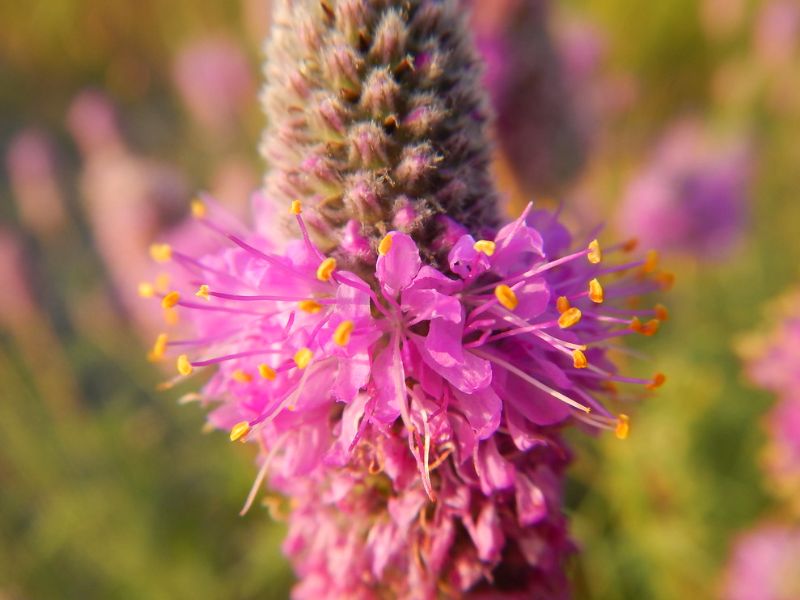
- Other uses
This species is used for revegetation efforts on reclaimed land, such as land that has been strip mined. It is good for preventing erosion and for fixing nitrogen in soil. Though it is often found in mid- to late-successional stages of ecological succession, it may also be a pioneer species, taking hold in bare and disturbed habitat, such as roadsides.
Purple prairie clover provides food for a number of animals, such as pronghorn. It also grows in cultivated fields and becomes included in hay for livestock. It is nutritious and is “considered one of the most important legumes in native grasslands on the Great Plains.” It also had a number of uses for Native Americans. The leaves are edible and good for making tea and medicines, and the roots are palatable when chewed. The stems were used as brooms by the Pawnee people.
Find Where to Buy the Best Purple Prairie Clover (Dalea purpurea)

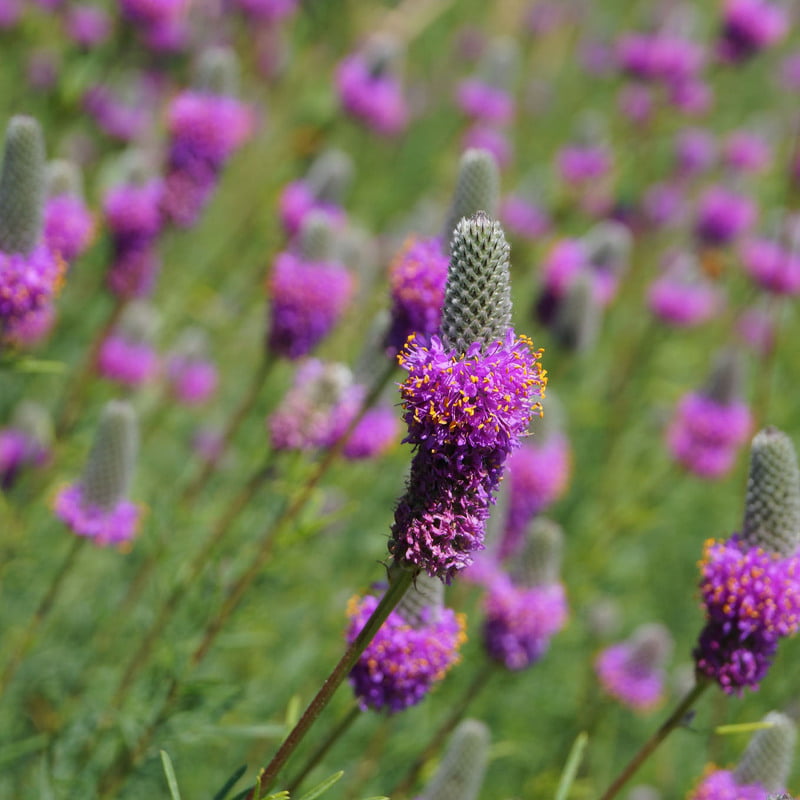
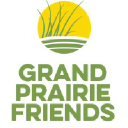

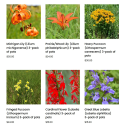


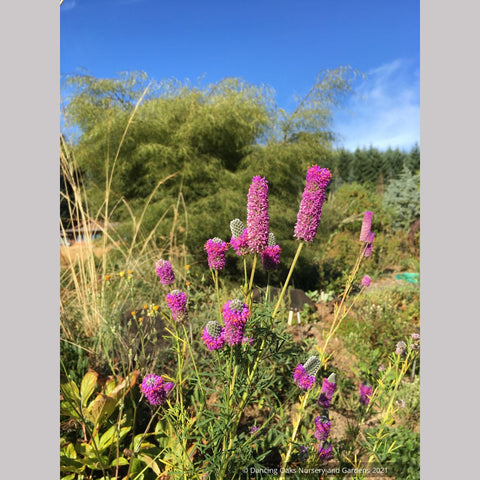
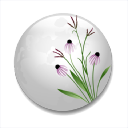
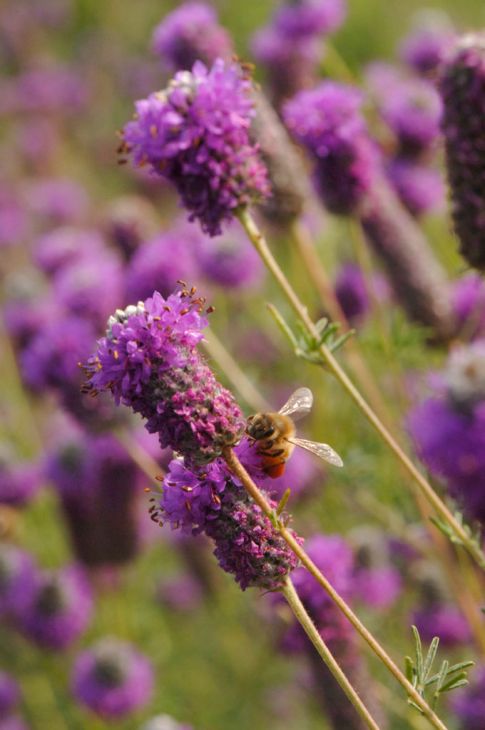
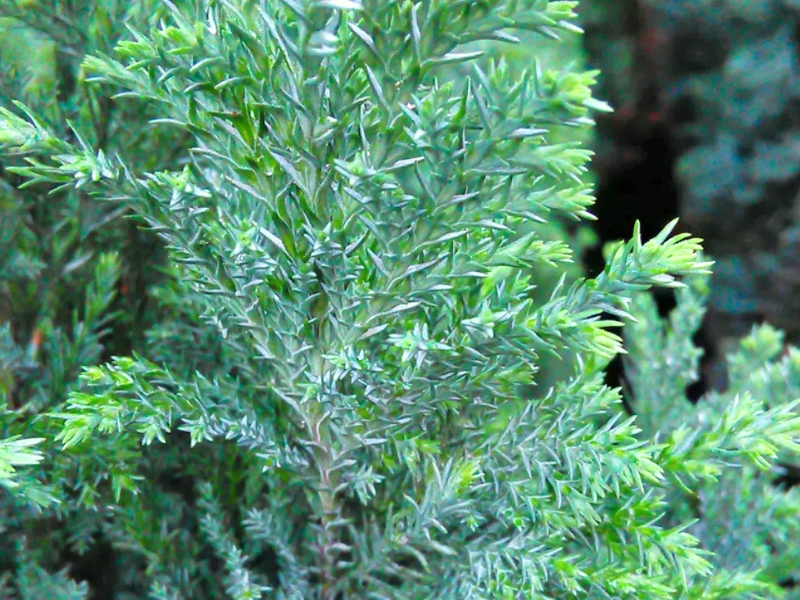
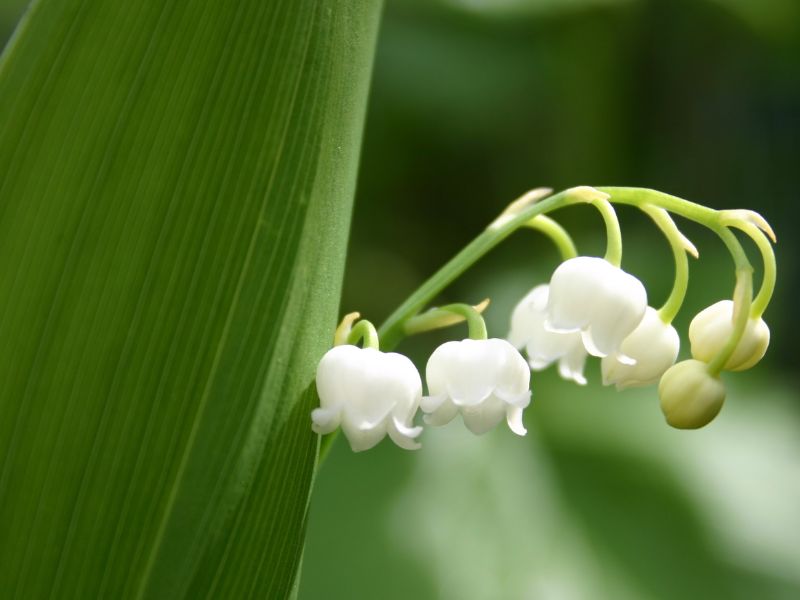
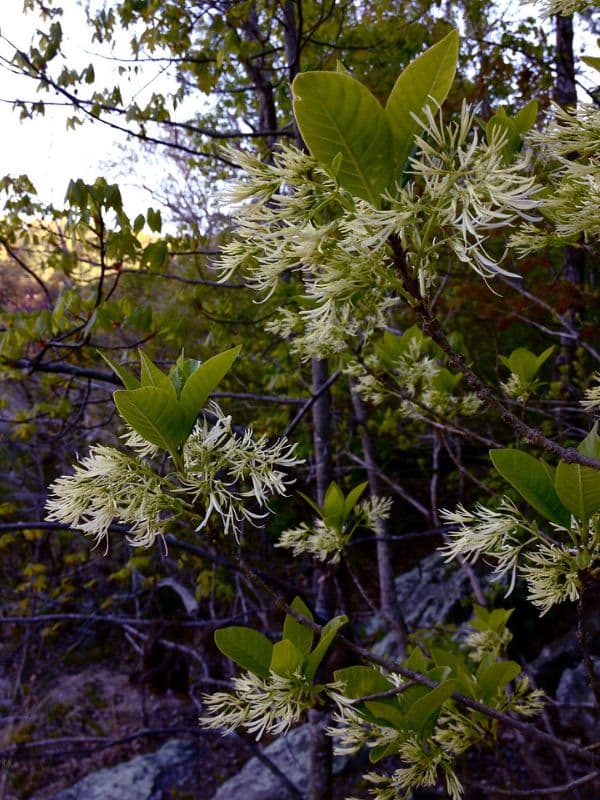
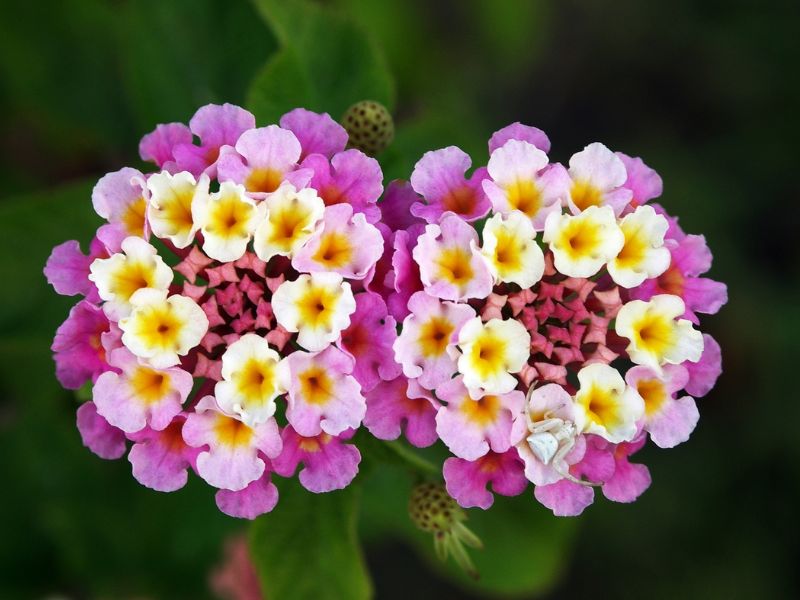
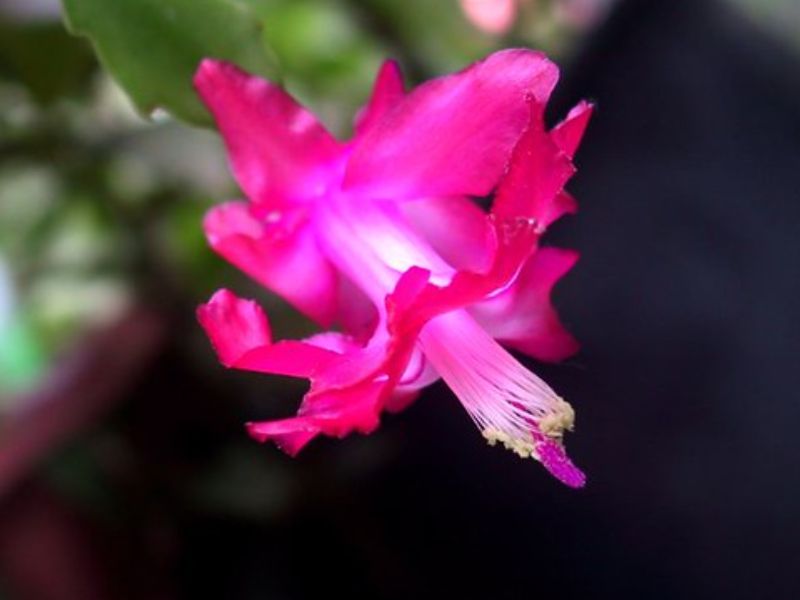
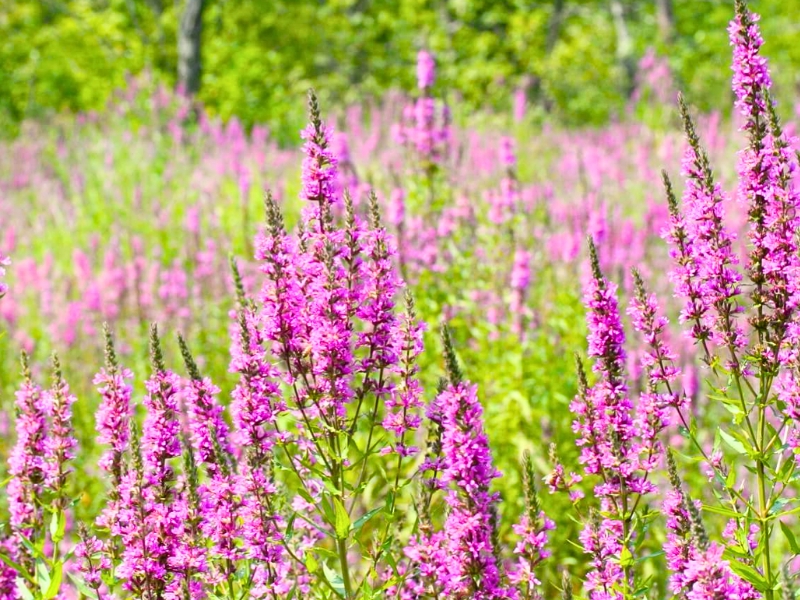
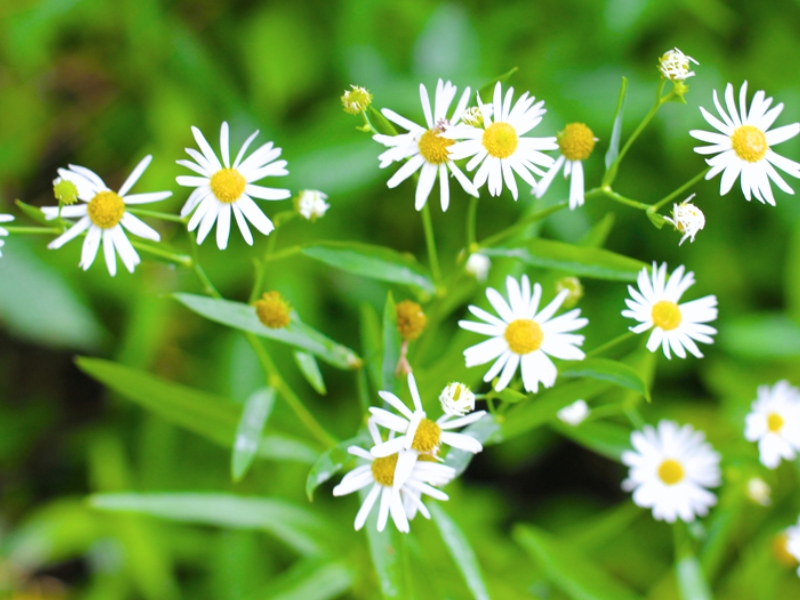
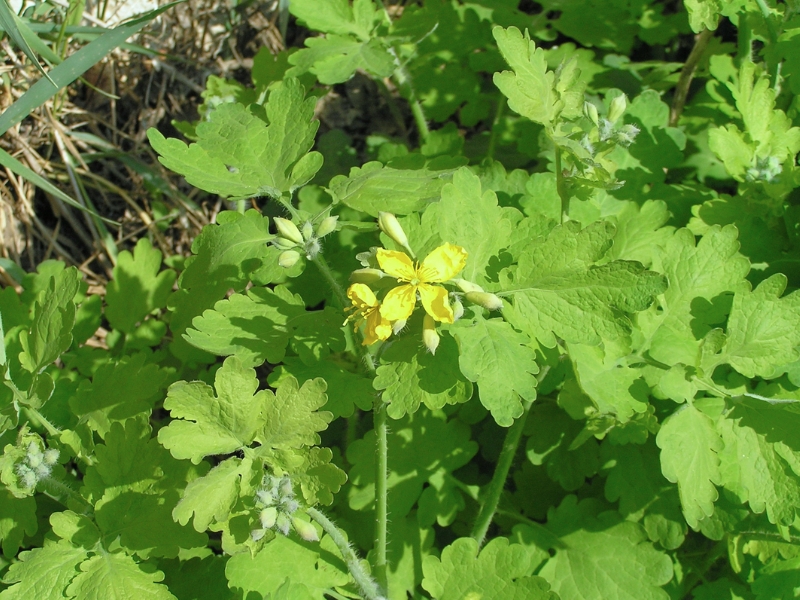
Leave a Reply